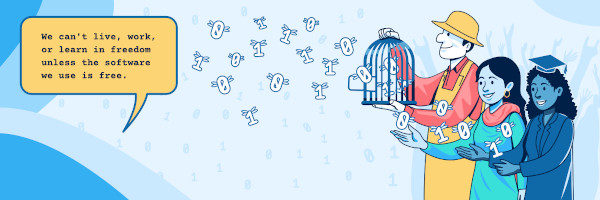psfaddtable(1)
NAME
psfaddtable - add a Unicode character table to a console font
SYNOPSIS
psfaddtable fontfile tablefile outfile
DESCRIPTION
psfaddtable takes a console font in .psf format given by fontfile and merges it with the Unicode character table given by tablefile to produce a font file with an embedded character table, which is written to outfile. An input file name of "-" denotes standard input, and an output file name of "-" denotes standard output. If the fontfile already contains an embedded character table, it is ignored.
TABLE FILE FORMAT
Each line in the tablefile should be either blank, contain a comment (preceded by #), or contain a sequence of numbers in either decimal (default), octal (preceded by 0), or hexadecimal (preceded by 0x) format, separated by spaces or tabs. The first number on each line indicates the glyph slot in the font that is being referred to, this is between 0 and 0xff for a 256-character font and 0 and 0x1ff for a 512-character font. Any subsequent numbers on the same line are Unicodes matched by this specific glyph slot. Instead of a single Unicode one may have a sequence of Unicodes separates by commas, to denote that the glyph depicts the corresponding composed symbol. It is permissible to have multiple lines for the same glyph.
SEE ALSO
setfont(8), psfgettable(1), psfstriptable(1), psfxtable(1) 25 Oct 1994 PSFADDTABLE(1)
Opportunity
Personal Opportunity - Free software gives you access to billions of dollars of software at no cost. Use this software for your business, personal use or to develop a profitable skill. Access to source code provides access to a level of capabilities/information that companies protect though copyrights. Open source is a core component of the Internet and it is available to you. Leverage the billions of dollars in resources and capabilities to build a career, establish a business or change the world. The potential is endless for those who understand the opportunity.
Business Opportunity - Goldman Sachs, IBM and countless large corporations are leveraging open source to reduce costs, develop products and increase their bottom lines. Learn what these companies know about open source and how open source can give you the advantage.
Free Software
Free Software provides computer programs and capabilities at no cost but more importantly, it provides the freedom to run, edit, contribute to, and share the software. The importance of free software is a matter of access, not price. Software at no cost is a benefit but ownership rights to the software and source code is far more significant.
Free Office Software - The Libre Office suite provides top desktop productivity tools for free. This includes, a word processor, spreadsheet, presentation engine, drawing and flowcharting, database and math applications. Libre Office is available for Linux or Windows.
Free Books
The Free Books Library is a collection of thousands of the most popular public domain books in an online readable format. The collection includes great classical literature and more recent works where the U.S. copyright has expired. These books are yours to read and use without restrictions.
Source Code - Want to change a program or know how it works? Open Source provides the source code for its programs so that anyone can use, modify or learn how to write those programs themselves. Visit the GNU source code repositories to download the source.
Education
Study at Harvard, Stanford or MIT - Open edX provides free online courses from Harvard, MIT, Columbia, UC Berkeley and other top Universities. Hundreds of courses for almost all major subjects and course levels. Open edx also offers some paid courses and selected certifications.
Linux Manual Pages - A man or manual page is a form of software documentation found on Linux/Unix operating systems. Topics covered include computer programs (including library and system calls), formal standards and conventions, and even abstract concepts.
